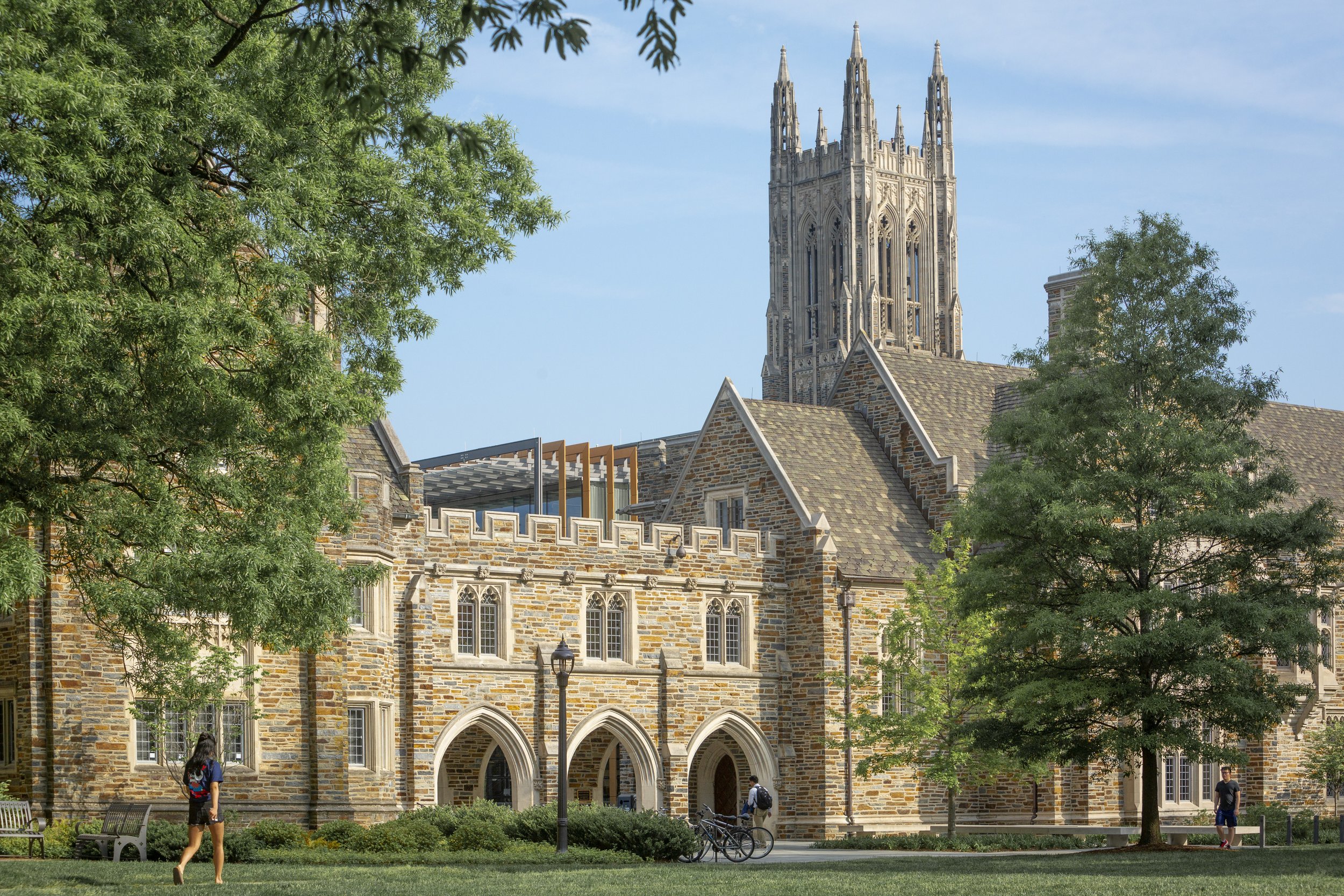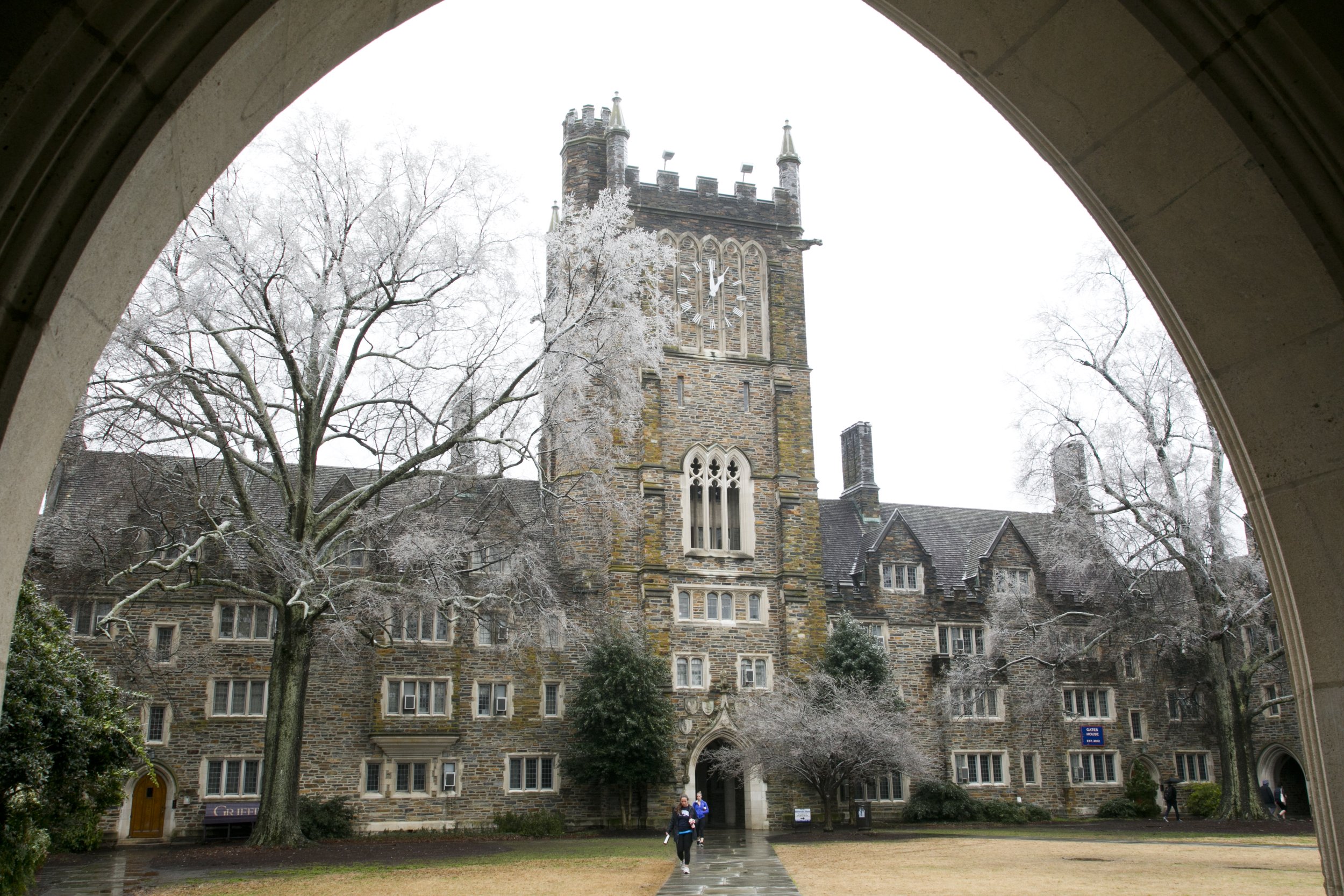
Our research interests: Defining Barrier Defenses Against Microbial Infections
Our research centers on the critical cellular barriers that protect the body from microbial infections. These include the epithelium of the gastrointestinal (GI) tract, the female reproductive tract, the eye, and placental trophoblasts—the key barrier cells of the placenta. We also study other essential barrier sites, such as the liver, the choroid plexus, and the meninges in the brain, to gain a broader understanding of how these structures maintain tissue integrity and prevent infection. We explore the strategies microorganisms use to breach these barriers and the mechanisms these barriers employ to resist infection. By identifying both pathogen- and host-specific vulnerabilities, our ultimate goal is to develop innovative preventative and therapeutic strategies to reduce the morbidity and mortality caused by microbial infections.
Trophoblast organoid derived from rhesus macaque placental tissue.
Exploring the Maternal-Fetal Interface across evolution using Organoids
By leveraging organoid models, we hope to explore the maternal-fetal interface across evolutionary timelines, uncovering unique adaptations that support pregnancy in different mammalian species. These advanced models offer a window into the cellular and molecular interactions that have evolved to nurture and protect developing life.
Human trophoblast organoid infected with human cytomegalovirus virus (HCMV).
Antimicrobial Signaling at the Maternal-Fetal Interface
We are interested in defining the mechanisms by which the placenta restricts microbial access to the intrauterine compartment and how teratogenic pathogens including Toxoplasma gondii, CMV, Listeria monocytogenes, Group B strep, and Zika virus bypass these defenses. For these studies, we utilize primary cells and organoids.
Human stem cell-derived cerebral organoid.
Enterovirus Infections
Enteroviruses are a diverse group of pathogens that cause a wide range of diseases, yet much remains unknown about how these viruses interact with their hosts at the molecular and cellular levels. We aim to identify receptors used by enteroviruses and understand their role in pathogenesis. Our research also explores how different tissues respond to enterovirus infections in a tissue-specific manner, providing insights into viral-host interactions and disease progression. Our work emphasizes clinically significant enteroviruses, including coxsackievirus B (CVB), echoviruses, enterovirus 71 (EV71), enterovirus D-68 (EV-D68), and EV-D70. To conduct these studies, we leverage human and mouse stem cell-derived organoid systems that closely mimic the structure and function of various tissues. These are complemented by in vivo mouse models. Through this integrative approach, we aim to advance our understanding of enterovirus biology and inform the development of effective therapies and preventive strategies.
Human enteroid infected with coxsackievirus B.
Antiviral Immunity at Barrier Surfaces
Barrier sites play a critical role in preventing viruses from breaching tissue integrity and causing systemic infections. In the reproductive tract, these defenses are particularly vital due to constant exposure to external pathogens, including sexually transmitted viruses. Maintaining robust antiviral defenses is essential for protecting reproductive health and ensuring successful reproduction. Our research focuses on understanding the pathways and factors that mediate antiviral protection across key barrier sites, including the gastrointestinal (GI) tract, the female reproductive tract, and the eye. Using advanced organoid systems and in vivo mouse models, we aim to uncover the mechanisms that safeguard these critical tissues from viral invasion and disease






















